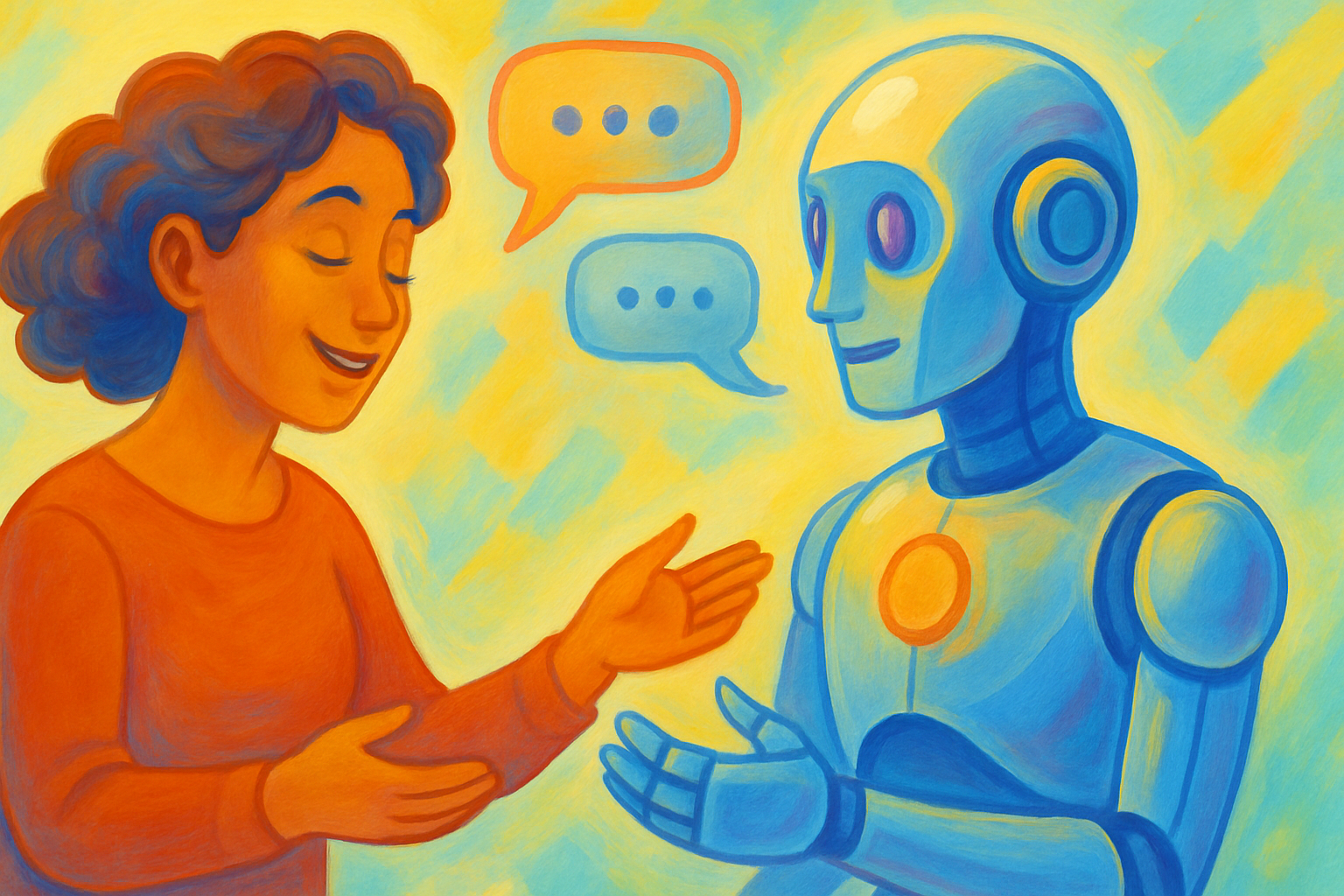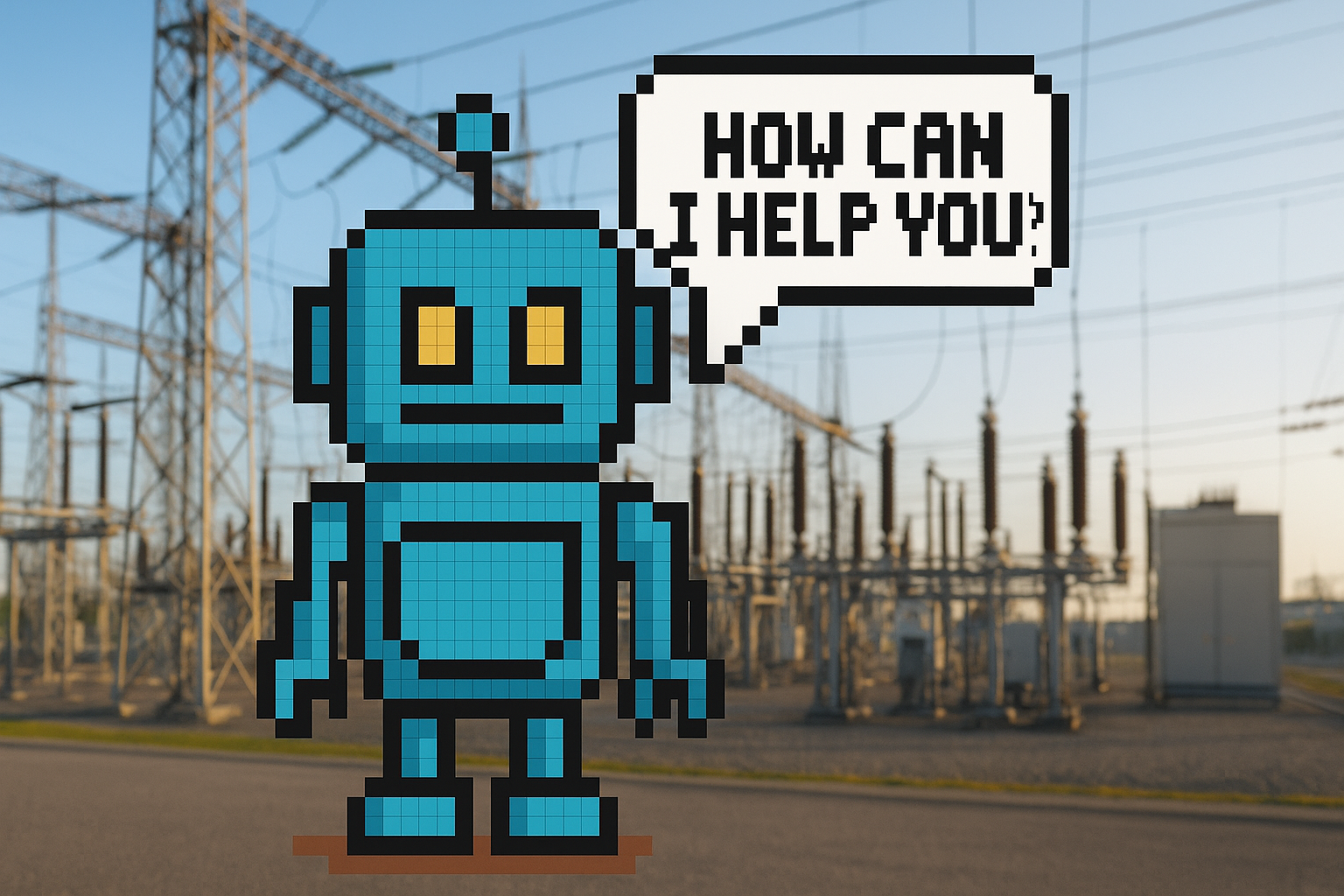AI is evolving fast, but how we interact with it hasn’t quite caught up. As a product designer, I’ve always been fascinated by how technology shapes our connection to the world. Recently, I’ve been diving into conversational AI—a field that’s transforming how we approach design. Designing for conversation rather than clicks requires a new way of thinking. It’s not just about functionality anymore—it’s about tone, timing, and trust. And as this technology becomes more integrated into our everyday lives, getting the design right is more important than ever. We’re entering a new era where voice, chat, and language models are the interface—not just buttons and menus. This demands we stop thinking of users as passive recipients of information and instead see them as active participants in a dynamic exchange. When we design conversations, we design relationships. Here’s my take on how this shift creates experiences that feel more human, intuitive, and emotionally intelligent.
From Visual to Conversational Design
“Conversational design isn’t just a UI trend—it’s a new design language.”
Think about the last time you tried a new app. Did you click around trying to figure it out? Even the best interfaces have a learning curve. Conversational AI changes this dynamic. Instead of users adapting to a tool, the tool adapts to them—responding naturally, like a helpful partner. Unlike traditional UI, conversational design centers around language, context, and tone. This shift asks us: What makes a conversation intuitive? How do we design experiences that genuinely help? It also demands a broader view of what “design” really means. We’re no longer just arranging pixels—we’re shaping interactions that unfold in real-time, influenced by human emotion, culture, and unpredictability.
Design Principles for Human-Centered Conversation
Understand the User’s Mental Model: Conversations begin with context. Deep user research is essential to crafting seamless flows. It’s not just about use cases—it’s about understanding how users think and speak. Map out likely intent, friction points, and vocabulary to reflect their reality.
Prioritize Clarity and Simplicity: Clear, concise communication helps guide users through each step. Avoid jargon. Be brief. Be helpful. Less noise, more value. Think of each message as a nudge, not a lecture.
Build Empathy into Interactions: Empathy makes conversations human. Acknowledging frustration, offering encouragement, or simply saying “I don’t know” can build emotional trust—just like real conversations. The small things—apologies, reassurances, friendly phrasing—can make a big impact.
Design for Flexibility: Real conversations are messy. AI needs to handle interjections, topic changes, and clarifications without falling apart. Flexibility is key to resilience. This means designing fallback paths, confirming ambiguous input, and giving users graceful exits.
Iterate with Real Conversations: Designing for conversation is not one-and-done. Real-world interaction data is your roadmap to improvement. Test, refine, and test again. Listen for breakdowns and misunderstandings—it’s where the design truly evolves.
Tone and Personality Matter: Tone sets expectations. Too formal feels robotic; too casual can feel unprofessional. Design with a voice that fits the brand, the moment, and the audience. It’s not just what you say—it’s how you say it. A consistent, thoughtful voice enhances recognition and trust.
Avoid Misinterpretation: Natural language is ambiguous. Carefully crafted dialogue flows, suggested responses, and smart fallback options can keep users on track. Anticipate missteps and use language that minimizes risk of misunderstanding.
Maintain Context Across Turns: It’s jarring when an AI forgets something you said five seconds ago. Good conversational design ensures the assistant can retain and reference context across multiple turns. That means balancing memory with privacy and making stored context visible and editable where appropriate.
Build for Emotional Intelligence: As we scale AI into more sensitive domains—like healthcare, finance, and education—we must teach systems to recognize when a user is upset, frustrated, or confused. A well-timed empathetic response can be more effective than a perfect answer.
“Empathy is not a feature—it’s a foundation.”
Bridge the Gap Between Scripted and Spontaneous: Not every conversation will follow a flowchart. Part of humanizing AI means designing for unpredictability: when someone throws in a joke, a complex story, or jumps topics mid-sentence. How gracefully your system handles that will define user satisfaction.
Anticipate and Respond to Emotional Needs: Designing emotionally intelligent systems also means thinking about how tone and response cadence impact people under stress. A pause, a kind word, or a clarifying question at the right moment can completely change the user experience.
Design for Failures and Frustrations: What happens when the AI doesn’t know? Rather than presenting a blank stare or generic error, smart design provides fallback suggestions, empathetic language, or paths to human help. How you handle failure says a lot about your product.
Cross-Platform Continuity: Users often engage with AI across devices—starting on mobile, continuing on desktop, finishing in a smart speaker. Design should carry state, personality, and memory across touchpoints, ensuring continuity and coherence in the interaction.
The Future of Conversational Design
“As AI becomes more human-like, design has to become more humane.”
As conversational AI matures, designers will need to merge traditional skills with linguistics, psychology, storytelling, and systems thinking. This isn’t just about interfaces—it’s about crafting interactions that feel personal, empowering, and emotionally intelligent. We’re moving from static screens to dynamic conversations. That’s a big leap—and an even bigger opportunity. If we do this well, we won’t just make AI more accessible—we’ll make it more meaningful.
The future of AI design isn’t just technical—it’s ethical, emotional, and deeply human. Let’s build interfaces that not only work, but understand.



